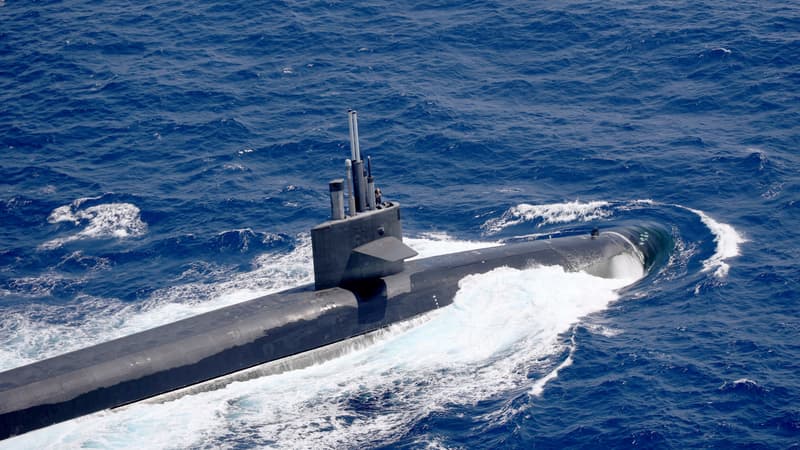The conclusions of the report are final: according to the Audit Organization of the United States Congress (Office of the Responsibility Government – GAO), the supply chain in terms of military teams still depends too much on foreign sources. What represents a danger in terms of sovereignty, especially when the materials or equipment come from China, a country with which the reports are notoriously complex and that has imposed drastic restrictions on rare earth exports.
To build helicopters, combat aircraft, war ships or tanks, the Pentagon has more than 200,000 suppliers in terms of military equipment and components, but there is, according to GAO, that “little visibility in the origin of the manufacture of the pieces and the materials used.”
In addition, there would be no national manufacturers for more than half of the 99 critical materials identified by the US Department of Defense in 2023.
Electronic magnets, submarines and fried potatoes
China’s dependence is particularly critical for the production of magnets, which are used in car production, as well as in combat airplanes. The F-35 production of Lockheed Martin, for example, stopped for six months in 2023-2024 after the discovery of this Chinese component, the time to identify alternative suppliers and determine if these pieces represent a danger to security.
The Pentagon recently concluded a public-private association for the exploitation of rare earths in the American soil, and thus ensure the production of magnets, with a production objective of 10,000 tons per year.
Submarines are also affected by supply difficulties: the United States only has a single foundation capable of producing large amounts of titanium. Therefore, submarine manufacturers (such as General Dynamics or Northrop Grumman) depend largely on foreign sources.
As for the microelectronic components, the subject is known: the largest producers are in the Asia-Pacific region. Pentagon estimates that 88% of production and 98% of the assembly, packaging and tests are carried out outside the American continent, with Taiwan, South Korea and China.
Export and price increase
While China concentrates more than 60% of rare earth extraction and dominates world production from other critical minerals, such as Gallium or Germanio, particularly in electronic components, export restrictions imposed by Beijing weaken the world industry, explains the Wall Street Journal.
Based on the software developed for defense applications, the WSJ evokes the number of 80,000 components used by the pentagon composed of critical minerals affected by Chinese restrictions.
American media evoke a multiplication for five or more, the price of certain critical minerals for the defense industry. A company contacted by the WSJ even evokes a price 60 times higher to buy samarium, essential for the manufacture of magnets capable of resisting the very high heat of combustion engines.
According to industrialists interviewed by US media, the search for alternatives to Chinese resources faces costs of cost and availability, certain materials are “niche products”, which would not be economically viable to produce.
China has implemented other measures that complicate the task of suppliers, requesting information, sometimes sensitive, in the use that will be made of magnets and other rare imported lands, to ensure that it is not made of military. An equation that considerably complicates the task of companies, in addition to representing a threat to industrial espionage.
Source: BFM TV


